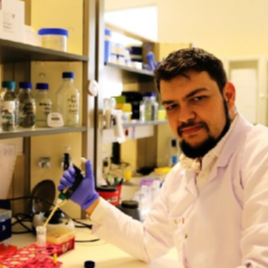➢ Project Management (PM)
Project management involves planning, executing, and finalizing projects within scope, time, and budget. In biomedical engineering, it includes coordinating R&D, prototyping, clinical trials, regulatory submissions (e.g., FDA, CE mark), and production scaling. Project managers ensure interdisciplinary teams (engineers, clinicians, QA/RA experts) work together effectively to bring safe and innovative medical technologies to market
➢ Risk Management (RM)
In biomedical engineering, risk management is the process of identifying, assessing, and mitigating risks that may affect patient safety, regulatory compliance, product performance, or business outcomes. For example, in the development of a medical device like an implant, engineers must evaluate risks such as material biocompatibility, mechanical failure, or software malfunction. Risk management ensures these risks are minimized through design, testing, and documentation, often aligned with standards like ISO 14971.
➢ Change Management (CM)
Change management refers to the structured approach to implementing changes in projects, processes, or products. In biomedical engineering, changes may involve design updates, new manufacturing methods, or regulation-driven alterations. Effective change management ensures that all changes are controlled, validated, and documented, avoiding unexpected failures or non-compliance. It includes communication with stakeholders, training, and updating technical files.


